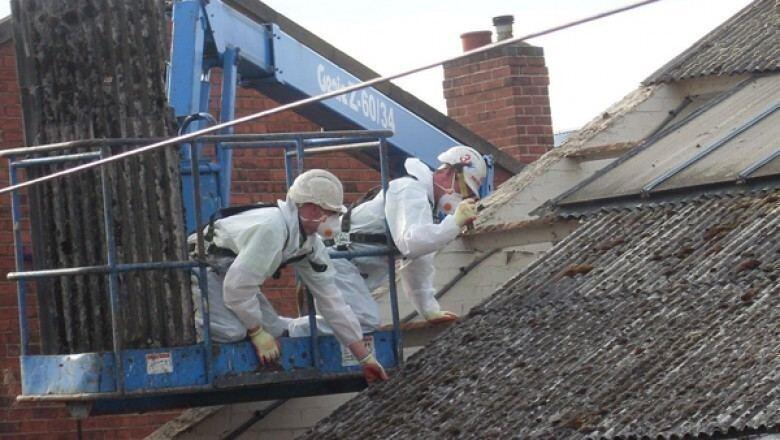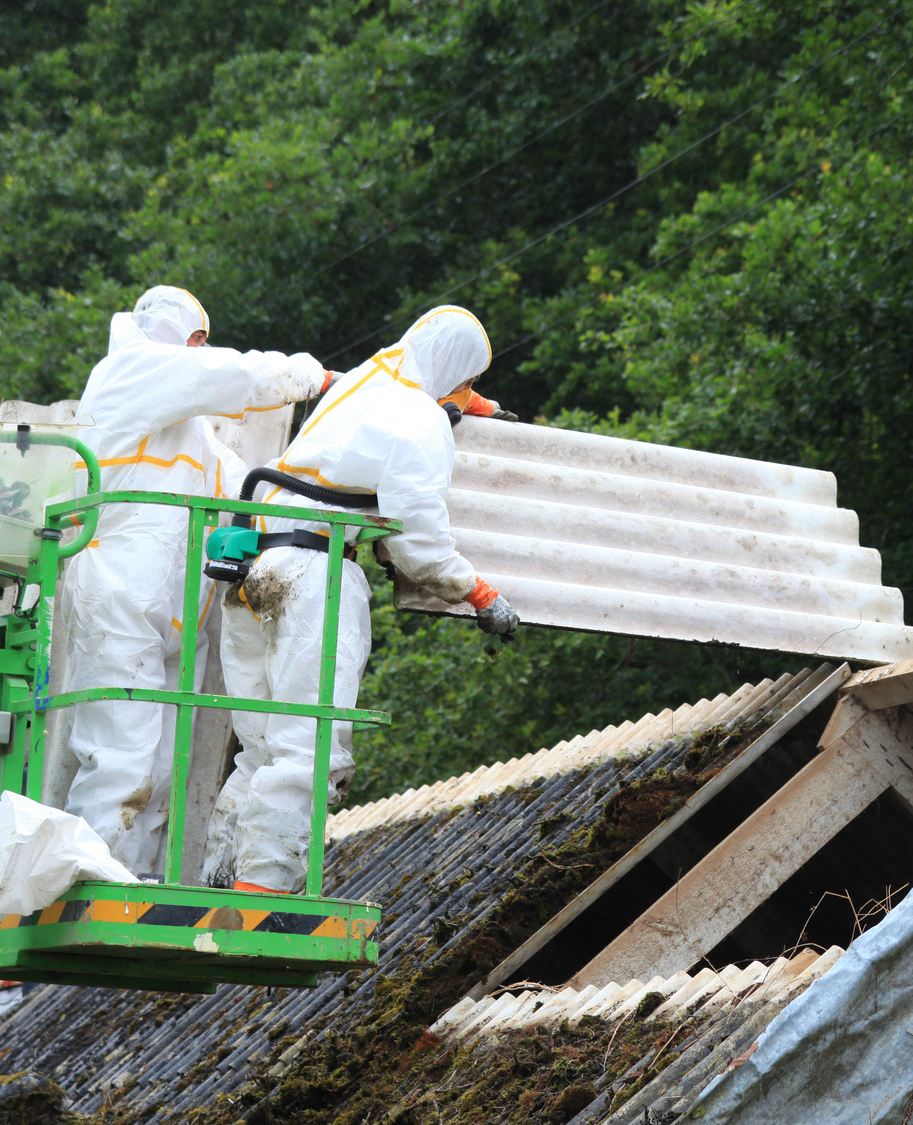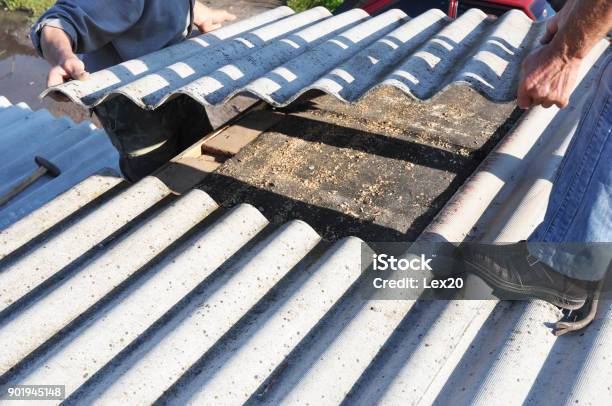Aftercare Following Asbestos Roof Removal Residential Asbestos Removal Services
Asbestos disposal regulations play a vital function in safeguarding public health and the environment. As asbestos is a highly hazardous material, proper disposal is essential to mitigate the risks associated with exposure. These regulations are designed to manipulate how asbestos is handled, transported, and disposed of to ensure that it does not pose a risk to human health or the ecosystem.
The first step in understanding asbestos disposal regulations entails recognizing the character of asbestos itself. This naturally occurring mineral has been extensively used in development and industrial applications because of its heat resistance and durability. However, its fibers can become airborne, resulting in severe health issues corresponding to lung most cancers, asbestosis, and mesothelioma. As a outcome, regulations are stringent, overlaying every facet from extraction to disposal.
In many regions, disposal regulations usually are not only ruled at a federal stage but in addition at the state and local ranges. Agencies such because the Environmental Protection Agency (EPA) in the United States have established guidelines regarding the disposal of asbestos waste. These regulations define tips on how to classify and manage asbestos-containing materials (ACMs), detailing what constitutes hazardous waste.
Prior to disposal, asbestos must be properly recognized and categorized. This requires inspections and sampling by certified professionals. Once an ACM is identified, strict protocols must be adopted to ensure that its disposal is in compliance with regulatory requirements. This consists of using specialized containers designed to forestall the discharge of asbestos fibers into the air.
Commercial Asbestos Roof Removal Services Removal & Replacement Of Roof Asbestos
Transportation of asbestos waste additionally falls under stringent guidelines. Only licensed waste transporters are permitted to deal with and transfer these hazardous materials. These transporters must comply with particular procedures to make sure that the asbestos stays contained and does not pose a risk throughout transport. Improper handling throughout this part can lead to accidents or unintended exposure, highlighting the importance of adherence to regulations.
Once the asbestos waste reaches its vacation spot, it should be disposed of at accredited landfills or remedy services outfitted to handle such hazardous waste. These amenities are specially designed to isolate asbestos to forestall it from contaminating surrounding environments. Furthermore, regulations stipulate that these sites are often monitored for compliance, making certain that they successfully include the materials.
For residential and industrial tasks involving asbestos, regulations require proper notification procedures. Property house owners or contractors must inform related authorities previous to any renovation or demolition activities that will disturb asbestos. This requirement is crucial to enlist the necessary oversight and help mitigate risks related to exposure to airborne fibers.
Regulations also address workers’ safety through the dealing with and disposal of asbestos. Training and certifications are mandated to make certain that employees are knowledgeable in regards to the risks and are outfitted with the correct safety gear. This emphasis on employee safety underlines the multifaceted nature of asbestos disposal regulations, extending the protection measures past just most of the people.
Training Programs For Asbestos Removal Professionals Testing, Removal & Disposal Of Asbestos
Non-compliance with asbestos disposal regulations can lead to extreme consequences. Fines and legal actions may be imposed against individuals or organizations violating these regulations - Community Initiatives For Safe Asbestos Removal. Moreover, the failure to stick to disposal standards can result in environmental contamination, which can require costly clean-up efforts and further regulatory scrutiny

Despite the stringent nature of these regulations, challenges remain. Some property homeowners could attempt to cut costs by taking shortcuts during disposal, which might directly endanger public health. Recent incidents have highlighted the importance of increased oversight and community awareness relating to asbestos disposal.
Another significant aspect of asbestos disposal is the position of public training. Asbestos Roof Encapsulation Alternatives. Without proper awareness, individuals could have interaction in hazardous activities, similar to removing asbestos from buildings with out enough protective measures and permissions. Community packages geared toward informing citizens in regards to the dangers of asbestos and best practices for disposal can greatly enhance safety

The evolution of asbestos disposal regulations displays ongoing analysis into the health impacts of asbestos exposure. As scientific understanding grows, adjustments in regulations may happen to tighten controls or adapt to new findings. Keeping abreast of those developments is crucial for contractors, property homeowners, and waste management entities alike.
Asbestos Roof Removal For Home Renovations Best & Cheap Removal Services Available
Asbestos disposal regulations are a significant framework designed to guard each public health and the environment. Compliance with these regulations allows the safe handling and disposal of this harmful material, thereby lowering the potential for exposure. As awareness and training initiatives proceed to evolve, they play a pivotal function in safeguarding communities from the hazards related to asbestos.
Effective management of asbestos waste requires collective efforts from regulatory companies, business professionals, and the public. By adhering to established protocols and selling awareness, the risks associated with asbestos may be considerably mitigated.
Asbestos Management Plans For Roofs Find A Licensed Asbestos Removalist
Ultimately, the ongoing implementation and enforcement of asbestos disposal regulations are essential for maintaining each environmental integrity and public health.
- Proper identification and assessment of asbestos-containing materials (ACMs) are required previous to disposal to ensure compliance with regulations.
- Licensed waste carriers must be enlisted to move asbestos waste, guaranteeing that they adhere to native and national laws governing hazardous materials.
Asbestos Regulations Affecting Roof Removal Residential Asbestos Removal Services
- Disposal sites for asbestos must be specially designated and equipped to deal with hazardous waste, providing adequate safety measures for employees and the environment.
- Documentation of the whole disposal process, including manifest varieties and waste monitoring, is important to verify compliance and for potential future audits.
- Asbestos waste must be securely packaged in permitted containers labeled with hazard warnings to stop accidental exposure throughout transit and disposal.
Asbestos Removal Emergency Response Plans Video Guides For Safe Removal
- Local authorities might impose specific regulations that increase national guidelines, requiring businesses to remain knowledgeable about their regional laws.
- Training and certification for personnel dealing with asbestos waste are mandatory, specializing in safe dealing with practices and emergency response procedures.

- Controlled demolition procedures must be employed when eradicating ACMs, minimizing airborne fibers and ensuring safe disposal.
- Public notifications may be a requirement in some jurisdictions to tell nearby residents about asbestos removal and disposal actions.
Asbestos Risk Assessment For Roofing Removal And Disposal Of Asbestos
- Regular audits and inspections of waste disposal practices impact of weather on asbestos roof removal help keep adherence to regulations and promote learn this here now steady improvement in safety protocols.
What are the primary regulations governing asbestos disposal?undefinedAsbestos disposal is primarily regulated by the Environmental Protection Agency (EPA) in the U.S., which outlines specific guidelines for handling, transporting, and disposing of asbestos-containing materials (ACMs) to ensure public safety and environmental protection.
How should I prepare asbestos materials for disposal?undefinedBefore disposal, asbestos materials should be wet down to reduce dust and sealed in leak-tight containers or baggage. It's crucial to label them correctly as containing asbestos and comply with native regulations for safe handling.
Where can I eliminate asbestos waste?undefinedAsbestos waste should be taken to a licensed landfill designated for hazardous waste. It's important to ascertain local waste management amenities as not all landfills accept asbestos materials.
Community Support For Asbestos Affected Areas Best & Cheap Removal Services Available
Do I want a permit to eliminate asbestos?undefinedMany areas require a permit for the disposal of asbestos to ensure compliance with safety regulations. Check with your local environmental agency for particular requirements in your area.
What are the consequences of improper asbestos disposal?undefinedImproper disposal of asbestos can lead to significant health risks and legal penalties. It could lead to environmental contamination and potential exposure to asbestos fibers, which can trigger critical health points, including lung diseases.
Can homeowners eliminate asbestos themselves?undefinedHomeowners are generally discouraged from disposing of asbestos themselves due to the health risks and strict regulations involved. Hiring licensed professionals ensures safe dealing with and compliance with legal requirements.
How a lot does it cost to get rid of asbestos?undefinedCosts for asbestos disposal can vary broadly primarily based on factors similar to location, the amount of asbestos, and the disposal method. On average, it could vary from tons of to 1000's of dollars, depending on native rates and contractor fees.
Asbestos Testing Before Roof Removal Cost To Remove Asbestos Garage
Are there particular training requirements for dealing with asbestos?undefinedYes, people involved in the removal and disposal of asbestos must adjust to OSHA regulations, which regularly require specific training and certification to ensure safety practices are adopted.
What paperwork do I want for asbestos disposal?undefinedYou may need to offer documentation showing that the asbestos was disposed of in accordance with local, state, and federal regulations. This can include manifests or disposal receipts from licensed services.